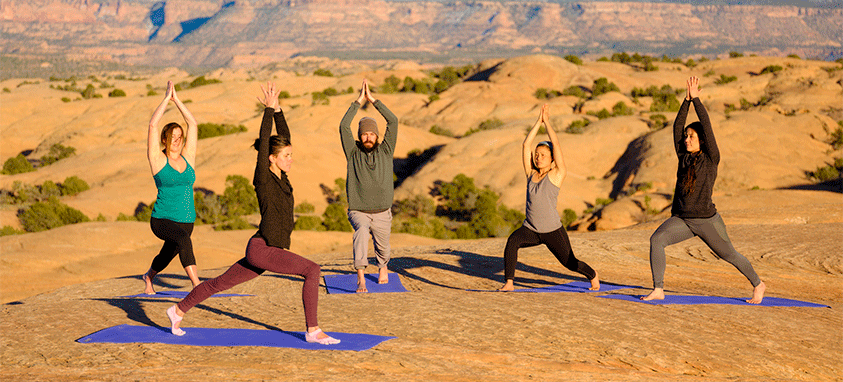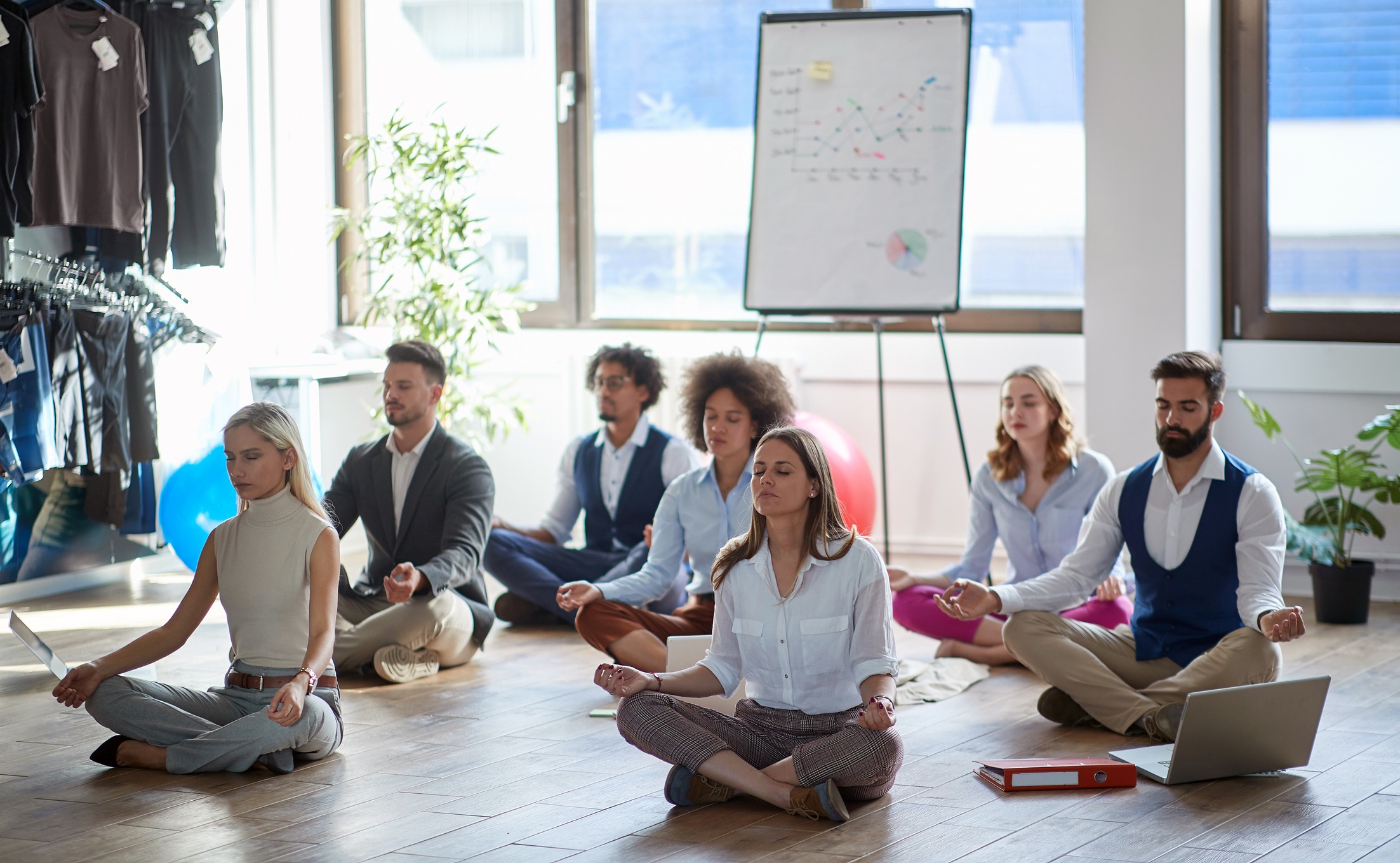The pandemic has driven event planners to rethink their strategies for events of all sizes so that health and wellness is at the forefront of almost every decision—a trend that is likely to continue and, if executed carefully, could also help optimize content delivery in the age of TikTok-sized attention spans.
We have all heard that Microsoft estimates focus time has gone from 12 seconds in 2000 to eight today, less than the 9 seconds experts think a goldfish can pay attention. What event designers are learning is that exposing participants to micro-stimulants can ease the process of reaching their ultimate satisfaction during the event by winning their attention over and over again. Actively participating in the event’s itinerary will ultimately save their energy and increase their motivation.
Read More: How hotels are supporting wellness goals.
Focusing resources on four primary areas—food, break sessions, the setting and culture—is the most efficient way to harness a health program that boosts attentiveness at your events. Following are the secrets for achieving a well-balanced experience for your attendees by maintaining their well-being!
Incorporate Short Physical Activity
 Adding early morning running, yoga sessions or Tai Chi classes into conference agendas is becoming the norm. No wonder, considering that 1 in six workers suffer from mental health issues such as anxiety, depression and stress, according to Mind’s Mental Health at Work research.
Adding early morning running, yoga sessions or Tai Chi classes into conference agendas is becoming the norm. No wonder, considering that 1 in six workers suffer from mental health issues such as anxiety, depression and stress, according to Mind’s Mental Health at Work research.
While separate training sessions are an excellent trend, exercise between and during conferences can be powerful additions. Here are more methods to incorporate exercise into an event, using a broad definition of “exercise.”
As blood flow to our brain begins to drop after 10 minutes of sitting still, exercise during events is essential. Any movement included in sessions helps restore attentiveness to where it was when participants first sat down. So, ask them to stand up and suggest doing the following:
- Standing on tip-toes (standing calf raises/toe-stand exercise)
- Hips stretches (a high lunge forward with one foot in front of the other)
- Shoulder rolls or shrugs (engaged core, soft neck)
- Neck pain relief stretches (turning head to left then right slowly)
To connect with the audience and make the activity even more inclusive, take part in exercises yourself. Guide, and inspire participants by taking the first step out of your comfort zone.
A participants’ state of mind plays a crucial role in keeping them engaged. You can improve their mental state by hosting mindfulness sessions, such as meditation or goal setting, deep breathing gatherings, or even nap spheres. You might be surprised how a simple snooze will give you an energy boost, improve your memory, cognitive skills and creativity.
But how do you approach wellness and well-being in the area of online events? Hybrid fitness solutions are what you’re looking for. As much as Zumba, dancing and workouts are best experienced in person, allowing individuals to engage online provides a much broader reach.
Create a Relaxing Off-grid Zone
 Screen-free zones have become popular at conferences. Studies on secondhand screen time and the use of technology in lecture halls, such as a cell phone or a laptop, have reduced attendees’ long-term recall of knowledge.
Screen-free zones have become popular at conferences. Studies on secondhand screen time and the use of technology in lecture halls, such as a cell phone or a laptop, have reduced attendees’ long-term recall of knowledge.
Although adaptations made during the Covid-19 pandemic have proven that it’s possible to keep our focus as much as necessary using mobile devices to uphold work and study responsibilities, it hasn’t necessarily helped our overall wellbeing. Consider setting up screen-free breakout sessions, networking events, or screen-free zones at your next event to enhance participant retention and let them live in the moment.
With a no-device rule, these relaxing zones could be filled with ambient music, dimmed lights, and fresh but not overwhelming smells. It’s your call whether you wish to make it a “silence zone” as well, or whether you prefer to encourage conference attendees to integrate without electronic disturbance.
Additionally, opting for healthy, local food and beverages and reducing alcohol consumption to a minimum can enhance group wellness. Instead of donuts, candies and fried meals, provide locally grown, nutritious food and drink options. Providing your attendees with water, complex carbs, proteins and a modest quantity of saturated fats is crucial to keeping their minds attentive and active.
Leverage Non-obvious Solutions
If your event is being held on a mobile device, you could utilize the push notification capability to provide tailored “healthy tips of the day” to attendees.
Read more: 6 tips to deliver more productive virtual meetings.
This could involve any of the following positive messages:
- “Have you already had your energy-boosting walk today?”
- “There’s no better time than now—take a moment, close your eyes, and breathe.”
- “Make sure to sip as you sit.”
- “You took a solid dose of knowledge—take a break and dream a little,” followed by sharing directions towards the relax-dedicated zone.
You could also consider incorporating a focus-retrieve exercise to win back your attendees’ awareness of the present. Ask your listeners to either write down the following:
- Five objects that caught your attention.
- Four things that you can feel.
- Three things that you can hear.
- Two green items you can see.
This easy sensory countdown practice will help them refocus and get participants’ minds in a more alert and responsive condition.
What would make people come back next year to your event? The answer is positive associations. As Hilton EventReady Playbook observes, a wow” moment surprises visitors and sears a positive image into their memories.
Wellness at conferences needs one vital ingredient—hype. Without promotion, guidance and continuous improvements, these essential elements of a meeting can be lost and forgotten. Don’t let that happen at your event.
Nina Zhang is CEO and Founder of KalaVita.




